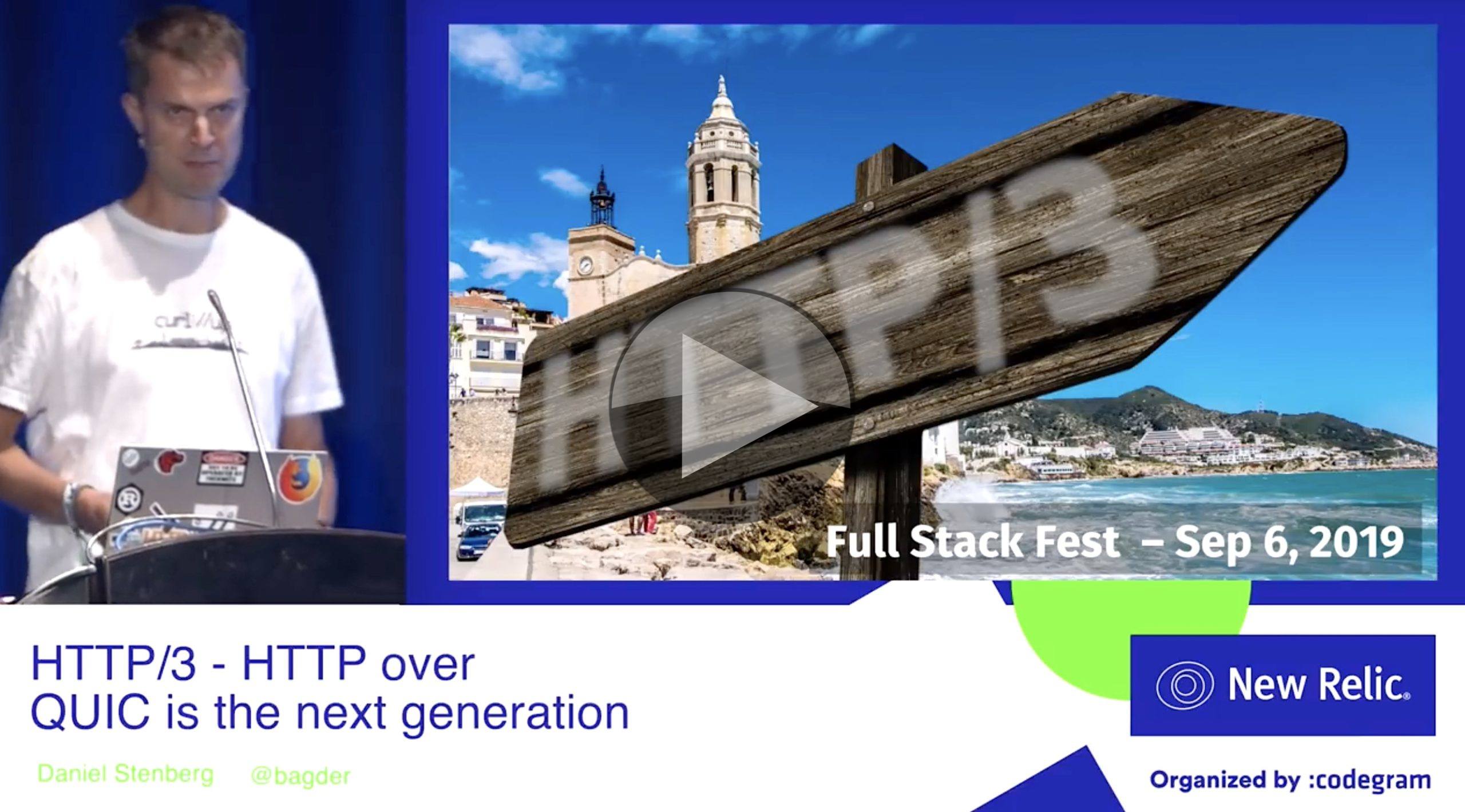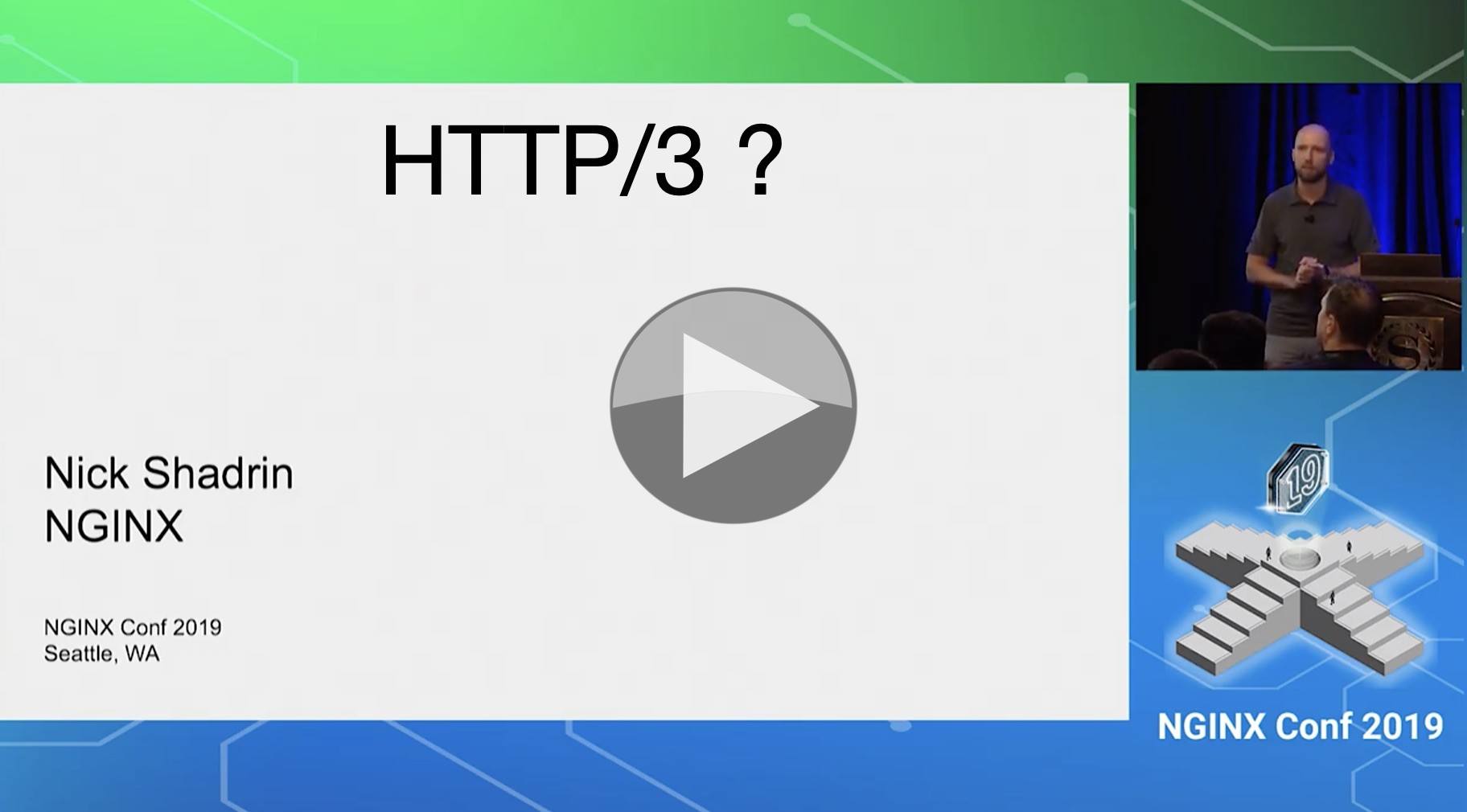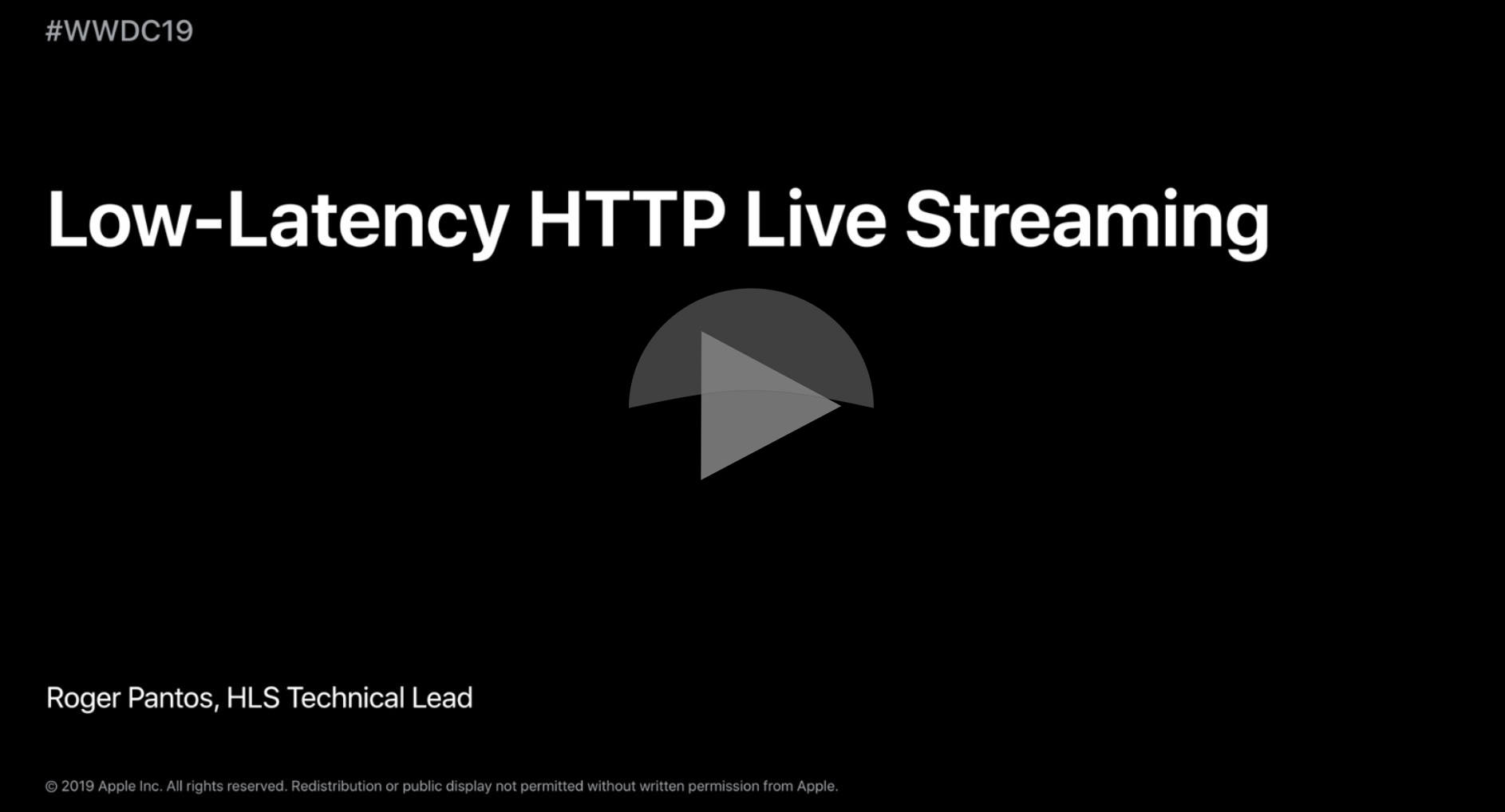There’s a lot to like about HTTP/3 from encryption as standard, faster set-up time, better compression and promises better throughput by removing head-of-line blocking. A new protocol making its way through the IETF and based on QUIC, this could have a real impact on anyone involved in streaming.
wolfSSL’s Daniel Stenberg and cURL maintainer, talks to us about HTTP/3 but starts at the beginning with HTTP 1 and 1/1. He outlines some of the issues we had in 1997 such as head-of-line blocking and ephemeral TCP connections. Zooming forward to 2005, HTTP/2 comes on the scene with a single HTTP connection, thus removing the significant overhead of ephemeral TCP connections. HTTP/2 went with a ‘streamed’ connection and could have multiple such streams but one thing that wasn’t solved was head-of-line blocking.
Before moving beyond HTTP/2, Daniel describes the problems that have set in due to ‘ossification’, that is to say, that the routers that time forgot which are still on very old, and often buggy TCP implementations. Innovating is very difficult if replacing the TCP within even a subset of boxes would mean I wasn’t able to send my website globally.
Addressing this ‘ossification’ issue, QUIC has stepped in. Developed on UDP instead of TCP QUIC solves a number of problems. First off, moving from TCP to UDP allows the protocol to live in userspace making it easier to update. Working on UDP instead of TCP means that the protocol regains control of the retransmissions allowing for something more efficient than TCP’s strict acknowledgement rules.
So QUIC becomes the transport layer of HTTP/3. Freeing ourselves from TCP, Daniel explains, allows us to remove the TCP head-of-line blocking problem. HTTP/3 on QUIC brings with it faster handshakes and a connection ID. This connection ID allows you to change IP addresses and still maintain your connection which is a significant improvement on what has gone before. Daniel continues by explaining more benefits of QUICK and HTTP/3 such as its encryption and the ability to have multiple streams.
Daniel finishes up outlining eight challenges for HTTP/3. These include the fact that up to 7% of QUICK attempts fail, dealing with ‘fall back’ algorithms, UDP having seen historically low usage and are less optimised as well as the downsides of userland protocol stacks being that it’s harder to get a standard.
Watch now!
Download the presentation
Speakers
 |
Daniel Stenberg curl master, wolfSSL main author, |








